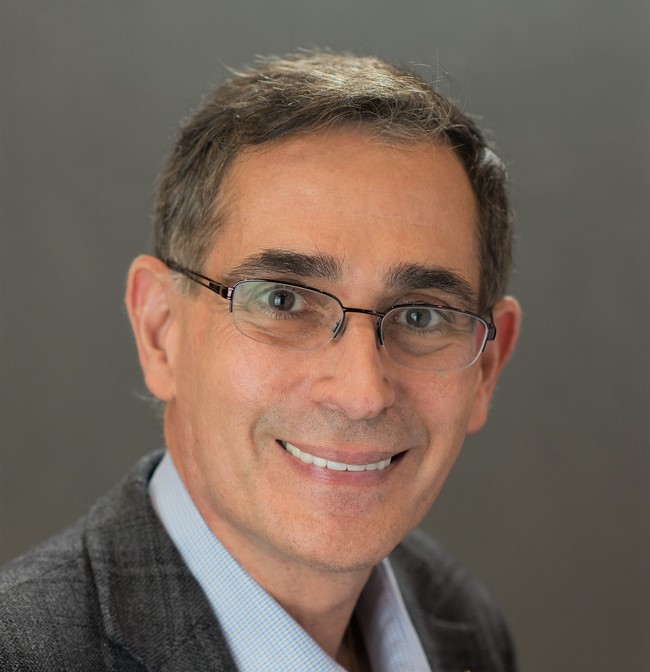
President Joe Biden’s call for greater transparency in nursing home ownership must extend to the industry’s clinical leaders as well, according to a top clinician advocate.
Medical directors play a largely invisible role in the care of residents, said AMDA—The Society for Post-Acute and Long-Term Care Medicine, in response to the president’s recent nursing home reform proposal. There is no simple way of finding out who leads care at a facility, leaving residents and their families in the dark about care quality, the organization stated Friday.
A detailed public directory of the clinicians who oversee medical care in federally certified facilities should be made available to residents, their families and government stakeholders, AMDA proposed.
The data could live on a public website — perhaps within the Centers for Medicare & Medicaid Services’ Nursing Home Compare site, Karl Steinberg, M.D., president of AMDA’s board of directors, told McKnight’s Clinical Daily. CMS does not currently collect such information, he said.

“It is not information that is generally communicated to new residents and their families when they are considering admission to facilities, but it should be,” he said. “This is all the more important because, unlike in hospitals, the only real quality assurance for physicians who care for residents of the facility comes through the medical director.”
Such a directory would also aid information sharing, he added. In many cases, these clinicians are disconnected from the flow of important and timely public health information.
“It would have been extremely useful during the pandemic to be able to push out important clinical updates to those medical directors if such a registry did exist,” he said.
A medical license alone won’t cut it
Hiring practices and a lack of training requirements contribute to the profession’s underutilization and invisibility, Steinberg and colleagues said. One outcome of these problems is the glaring COVID-19 care disparities seen during the pandemic, AMDA contends.
“We have seen a stark contrast in the response to COVID-19 in facilities where the medical director is well-trained, fully engaged and knowledgeable about geriatric medicine and infection prevention and control practices, versus those where they are not,” the organization said in its statement.
“Facilities now can hire anyone with a medical license to serve as medical director,” Steinberg added. This allows “unethical operators to select physicians merely on the basis of referral volume, or because they will not speak out against inappropriate practices in the facility,” he said.
The only training for industry medical directors available now is through the American Board of Post-Acute and Long-Term Care Medicine, Steinberg noted. California, for one, requires all nursing home medical directors to obtain certification from this program within five years. But there is no national requirement to do so.
Steinberg foresees a system in which medical directors bill their coursework time against their medical director hours and/or stipend. Alternatively, facility owners could cover the costs of the certification, which can run to about $4,000, he said. Enforcement could be encompassed within the normal federal survey process, he said.
“While obtaining a [certification] might not be the only way to ensure a basic knowledge level pertinent to nursing home medical direction, it is probably the simplest way,” he told McKnight’s.
“The sad reality is that many current nursing home medical directors do not know complex geriatric medicine principles and have zero knowledge … in the regulations we need to practice under, which creates risks for the vulnerable population we care for,” Steinberg said.
Hiring qualified candidates
People have the right to know who a facility is engaging to take on federally mandated duties, said Steinberg. When a nursing home operator hires medical directors who are knowledgeable about geriatric medicine, bioethics and the complex regulatory framework that nursing homes operate under, they “can post the information prominently in their facility, include it on their websites and promotional materials, and generally feel confident that the care being provided in their building is both clinically sound and compliant with regulatory requirements.”
AMDA also encouraged the administration to issue a self-identifying specialty code for post-acute and long-term care medicine, something it said it has been urging CMS to do for four years.
In addition to greater transparency for the role of medical director, the organization supports other aspects of the reform plan. These include a transition to reduced-occupancy or single-occupancy rooms, a requirement for full-time infection preventionists and the establishment of a nursing home career pathway. It rejects punitive measures outlined in the plan, however, saying that these have not worked in the past.



